How to feed wildlife in your yard in winter
Winter is a tough time for wildlife, but a few simple additions to your yard will keep them cared for
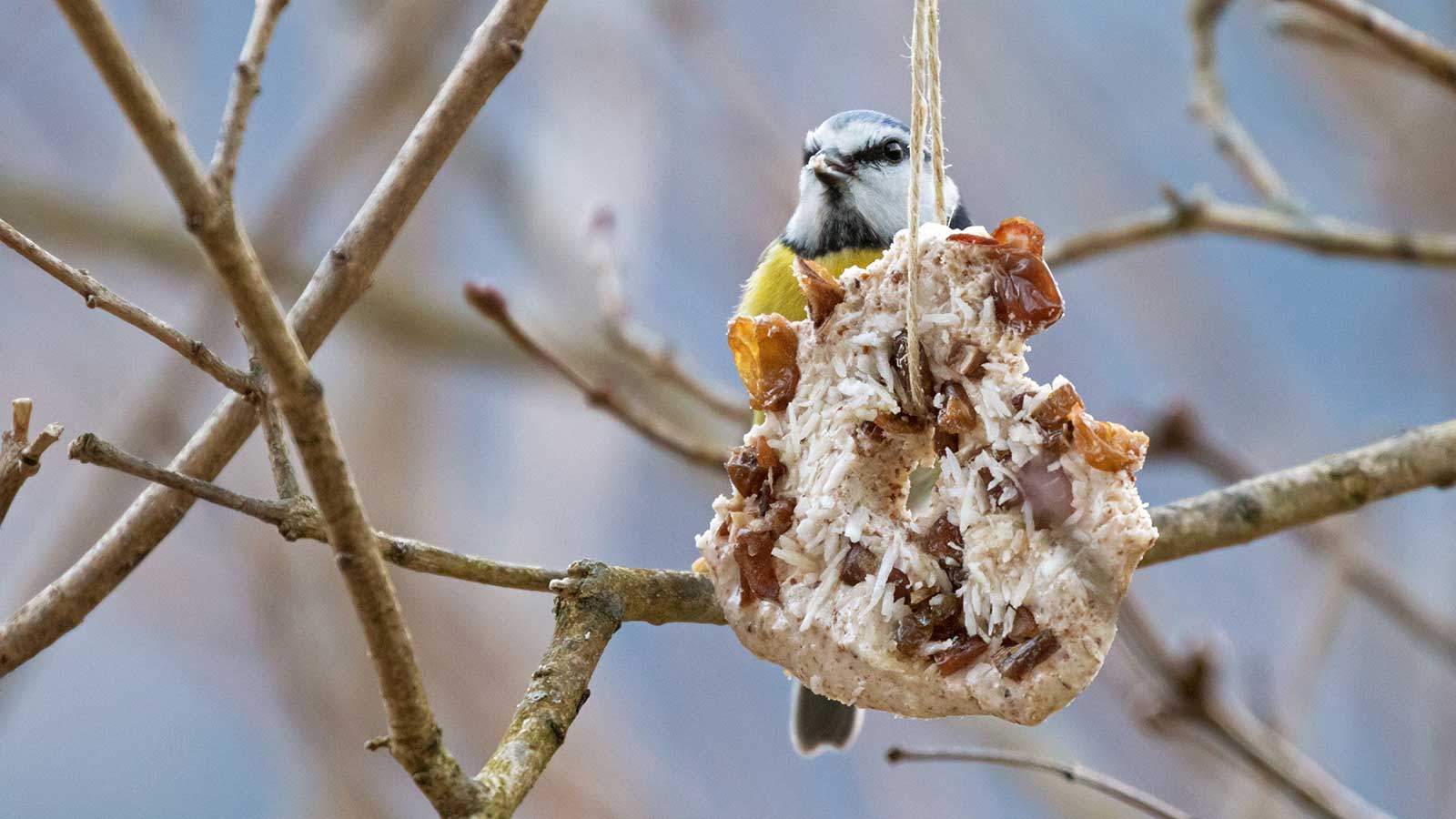

While we wrap up cozy indoors with extra blankets and comfort food this winter, it's important to remember that wildlife often can't do the same.
The winter is a time of scarcity for animals: less food, less shelter, less greenery. But there are things you can do to your yard in moments that will make a huge difference to visiting wildlife.
From incorporating wildlife garden ideas into your yard to make the space as animal-friendly as possible, to remembering to look out for all animals (not only garden birds), we share six expert ideas to help you make the winter an easier time for all feathered and furry friends beyond your doorstep.
1. Have a plentiful supply of plants that grow winter berries
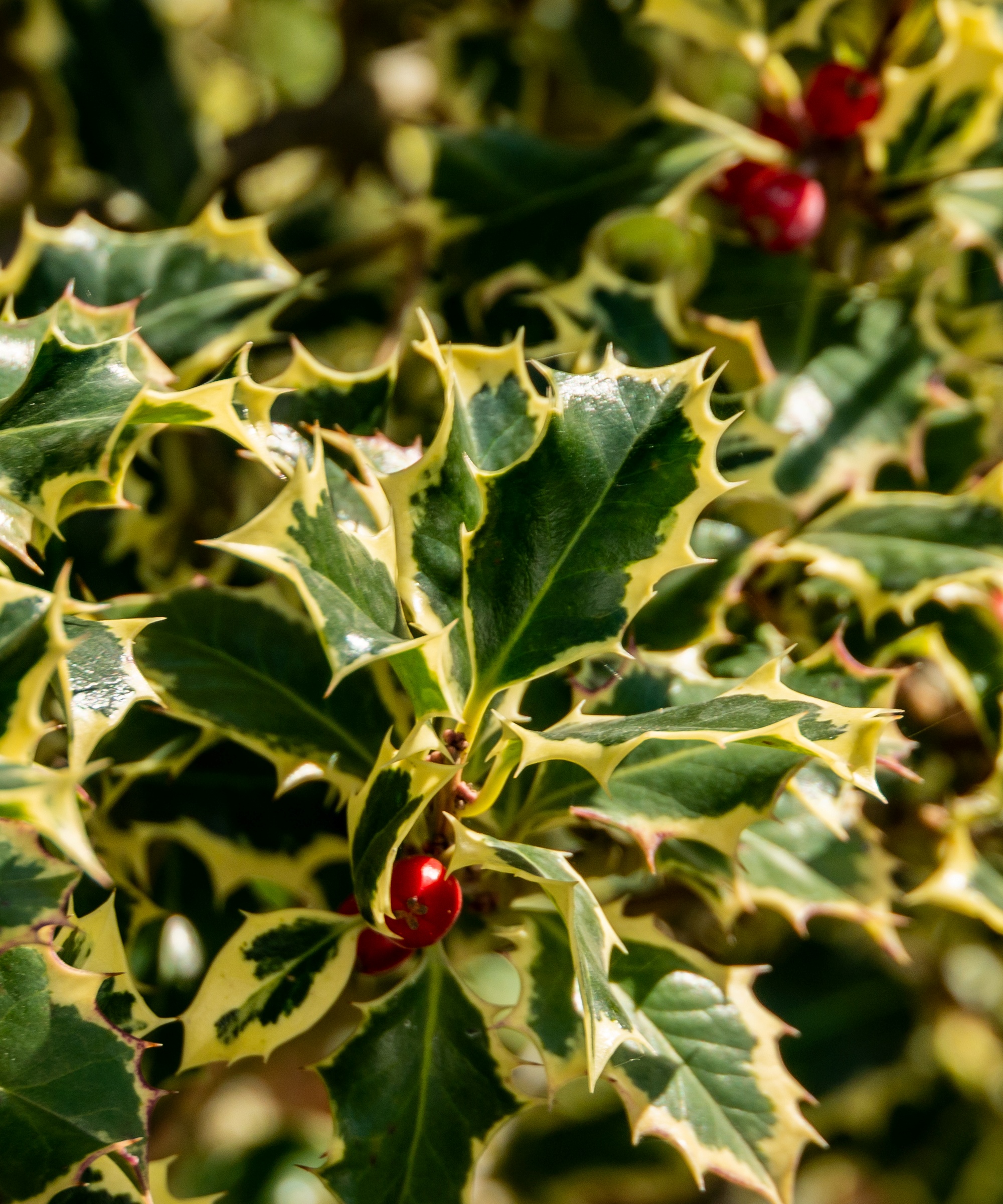
The easiest way to feed wildlife in your yard in winter is to grow shrubs with winter berries.
These hardy plants are accustomed to the cold, so they will stay put throughout the season and provide a steady source of food, sugary juice and nutrition for animals that aren't fully hibernating.
Andrew Bunting, vice president of horticulture at the Pennsylvania Horticultural Society, says, 'For winter berries, consider planting red chokeberry, Arnonia arbutifolia. This upright shrub has a bounty of red fruits from the fall heading into the winter. I also recommend black chokeberry, Aronia melanocarpa, for a profusion of plump blue-black fruits, and winterberry Ilex verticillata, which is a species of holly with bright red or orange berries that cover the branches from September to March.'
Winter berries are enjoyed by many small mammals including rabbits, wood mice, and many species of birds. The leaves and flowers of a winterberry shrub are also particularly appealing to butterflies and pollinating insects.
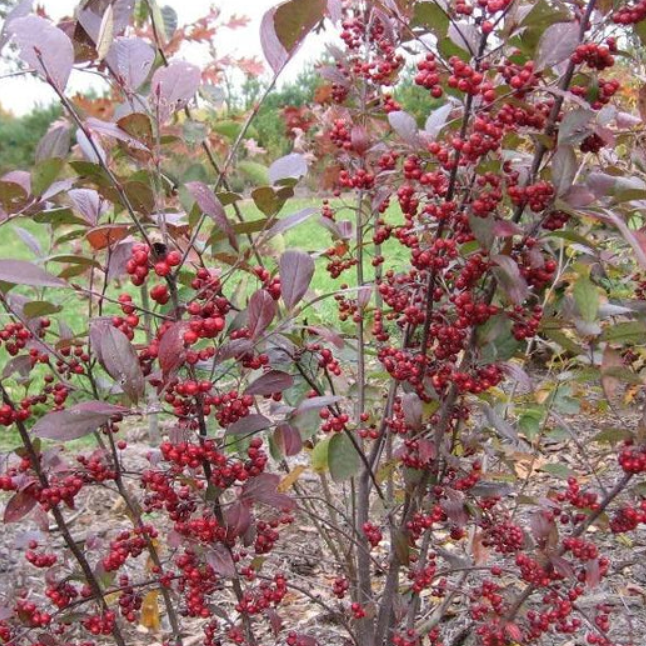
This plant grows best in USDA hardiness zones 4 to 9 and will produce glossy red berries during the winter.

Andrew Bunting is Vice President of Horticulture and leads the utilization of planting and design to promote environmentally sound gardening practices at PHS. Prior to arriving at PHS, Andrew worked at the Chicago Botanic Garden, Chanticleer Garden, and the Scott Arboretum for a tenure of 27 years, and has received many commendations for his work. In 2015, Andrew published his first book, “The Plant Lover’s Guide to Magnolias.”
2. Grow plants that bear seeds during winter
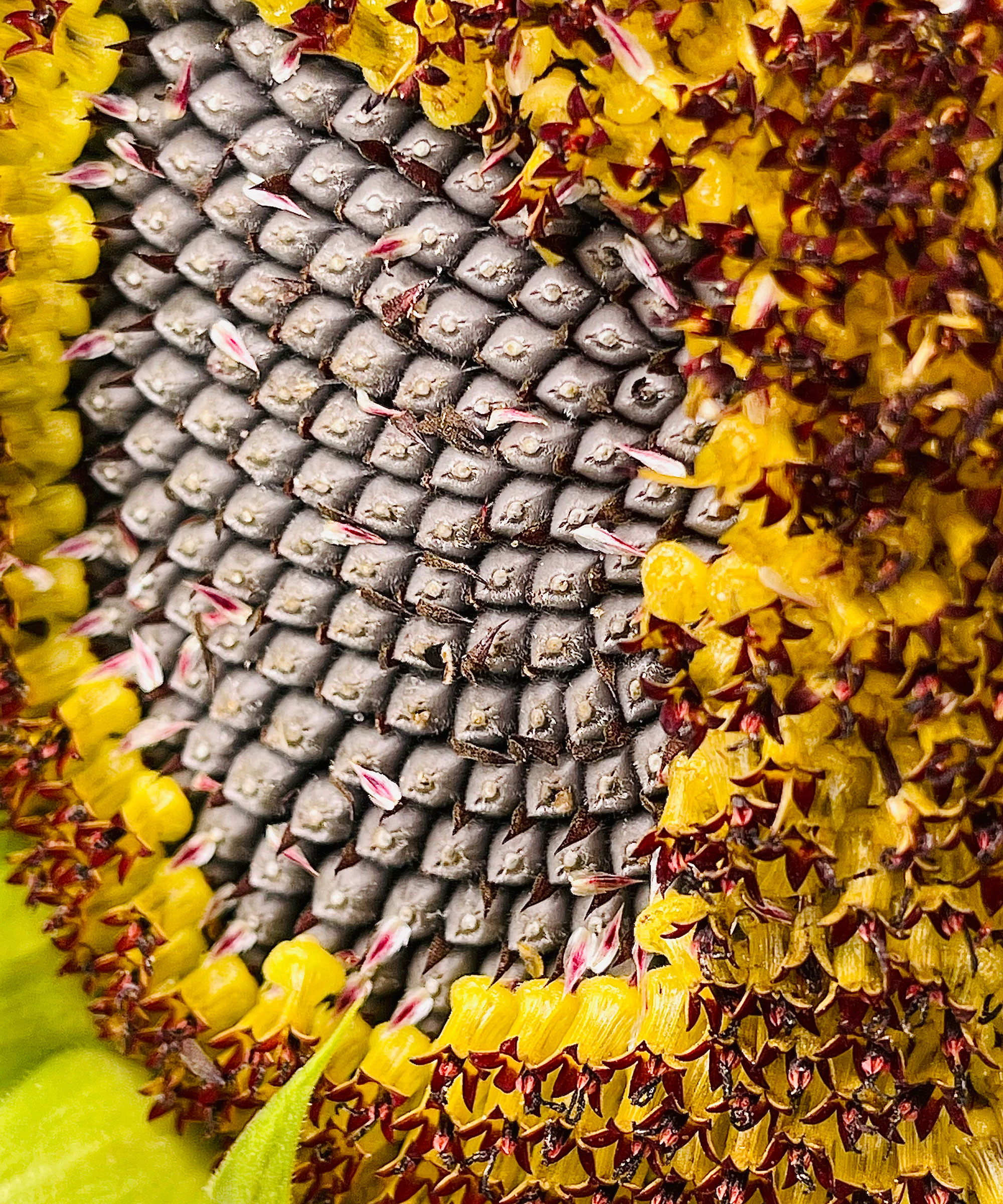
Seeds are a reliable source of fat for animals and birds during the winter, although they aren't juicy and hydrating in the same way as a berry.
Without a supply of nutritious fats during the winter, animals aren't able to maintain body heat as easily, which can be fatal.
Jenny Rose Carey, a professional horticulturist, author and gardener, says, 'The winter is a quiet season in the garden but for the few animals still around I leave the seedheads of perennials such as asters standing in our wild areas so that seed eating animals can browse naturally for food if temperatures rise.'
Poppies, rudbeckia and allium are all options with the best seedheads, but if you haven't grown anything in your yard you can always purchase bags of quality seed, such as the squirrel and critter blend on Amazon or the kaytee backyard wildlife food bag from Amazon, which contains all sorts of tasty additions for animals.
Ofra Gaito, CEO of plant company Verdant Lyfe, adds, 'To help fruit-eating species like robins, who depend on berries and fruit during the winter months, try adding finely chopped fruit to your platform feeders.'
Opting to place your seed mix into a platform feeder like the squirrel feeder with a roof from Amazon is a great way to simultaneously provide small animals with shelter while they feed in the cold.
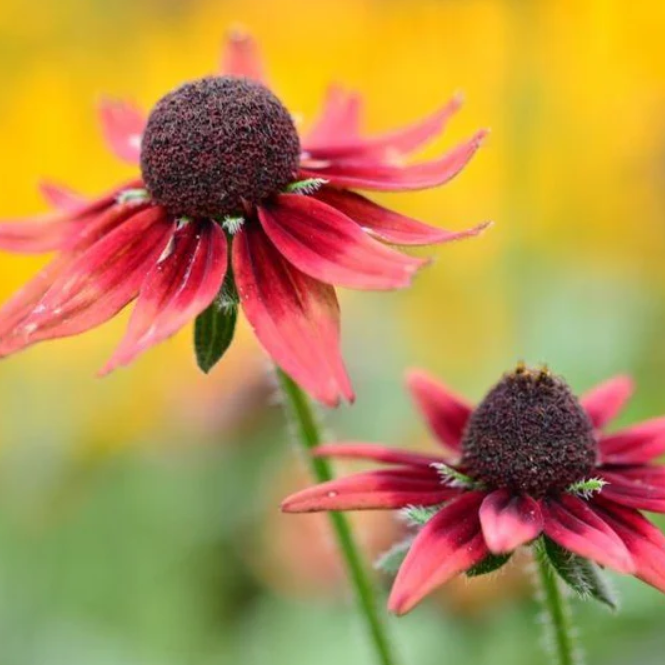
This plant grows best in USDA Hardiness Zones 4 to 8. They are pollinator-friendly and naturally deter deer.
3. Grow winter-blooming flowers

Winter-blooming flowers will be especially appreciated by bees who's main source of food is nectar. This sugary natural substance helps to keep bees energized as well as warm as they battle through the harsh winter months as a small endangered insect.
'On warm days in late winter there may be a few bees flying around, so for them I have winter-blooming flowers like snowdrops and early-blooming rock garden irises to provide pollen and nectar,' says Jenny.
Some other snow-resilient flowers that would look lovely in your yard include winter jasmine, Christmas roses, winter pansies, and violas.
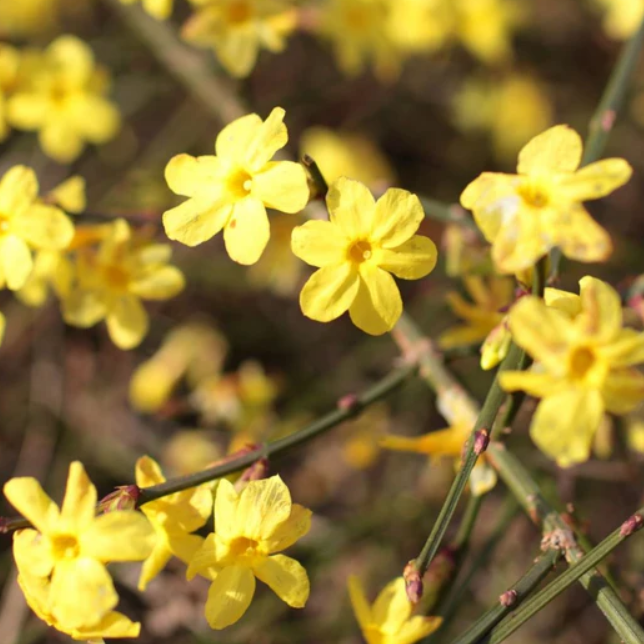
This plant grows best in USDA hardiness zones 6 to 9. They are a great choice for a burst of vibrant color and a source of pollen.

Jenny Rose Carey is an avid hands-on gardener, professional horticulturist, and author. Jenny moved with her American husband to the Philadelphia, Pennsylvania and has gardened there, at her private 4.5 acre garden called Northview, ever since. Jenny has authored two books, Glorious Shade and The Ultimate Flower Gardener's Guide. Jenny's third book, concentrating on bulbs, is due to be released in the fall of 2025.
4. Keep a pile of fallen leaves in your yard
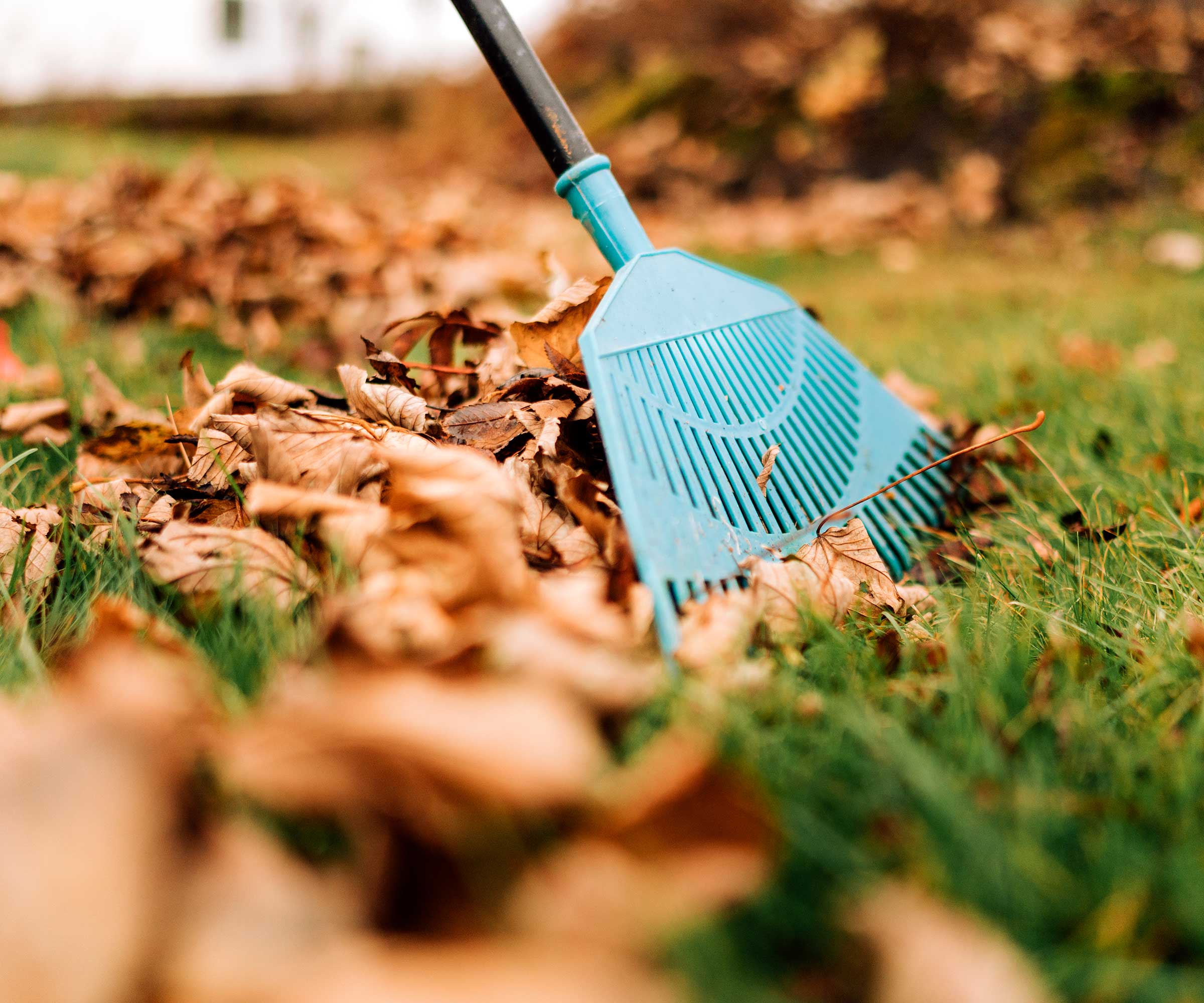
Many of us are quick to discard fallen leaves from our gardens before the winter as they can become slippery. However, leaving some tucked away in a pile where people won't step is great for creating a home for insects, and hopefully will increase the insect population for birds to feed on in your yard.
'To support insectivores, allow fallen leaves to accumulate along fence lines and under shrubbery,' says Ofra. 'Leaves that gather in less attractive areas can be raked into a neat pile in your yard, creating ground cover that will benefit both the insects and your lawn come spring.'

In 2020 Ofra Gaito founded Verdant Lyfe, an e-commerce company born to help and share live plants with both plant lovers and new plant beginners. The company packs and ships hundreds of orders every week to homes and businesses all over the USA. At the head office in South Florida, Ofra and her team conduct workshops every six weeks that involve the plant world. Ofra hosts live radio program Grow Your Lyfe every Friday at 1:45 pm EST on 101.9FM Omega radio.
5. Place mineral licks in your yard
Larger wild mammals suffer a lot during the winter where they can't access the same level of minerals. So, installing some mineral licks in your yard will help compensate for the minerals they otherwise can't get during the winter.
Jessica Mercer, senior content marketing coordinator and plant expert at Plant Addicts, says, 'Many larger mammals require important minerals during the winter months to keep their bones strong and grow antlers. Look for products like the trophy rock deer mineral, available from Plant Addicts containing calcium, phosphorus, sodium, magnesium, potassium, and sulphur to attract and support these mammals during harsh winter months.'
Mineral licks can be placed anywhere but it's recommended to place them near other feeding areas to encourage animals to eat, and far enough away from your house to not attract them to your door.
If deer are a problem in your area, you can humanely deter them from your yard and keep deer away from plants by using a product like the garden deer repellent mint spray from Amazon.

Jessica Mercer, PhD, is the Senior Content Marketing Coordinator for Plant Addicts. As a “plant collector”, Jessica enjoys growing many different plants and learning about the best cultural practices for each. Writing for Plant Addicts is a real joy for her, as she can use her science background to research interesting plant topics. She carefully considers how to best present the information to other gardeners, with a focus on sustainability and the environment.
6. Remember to not neglect water
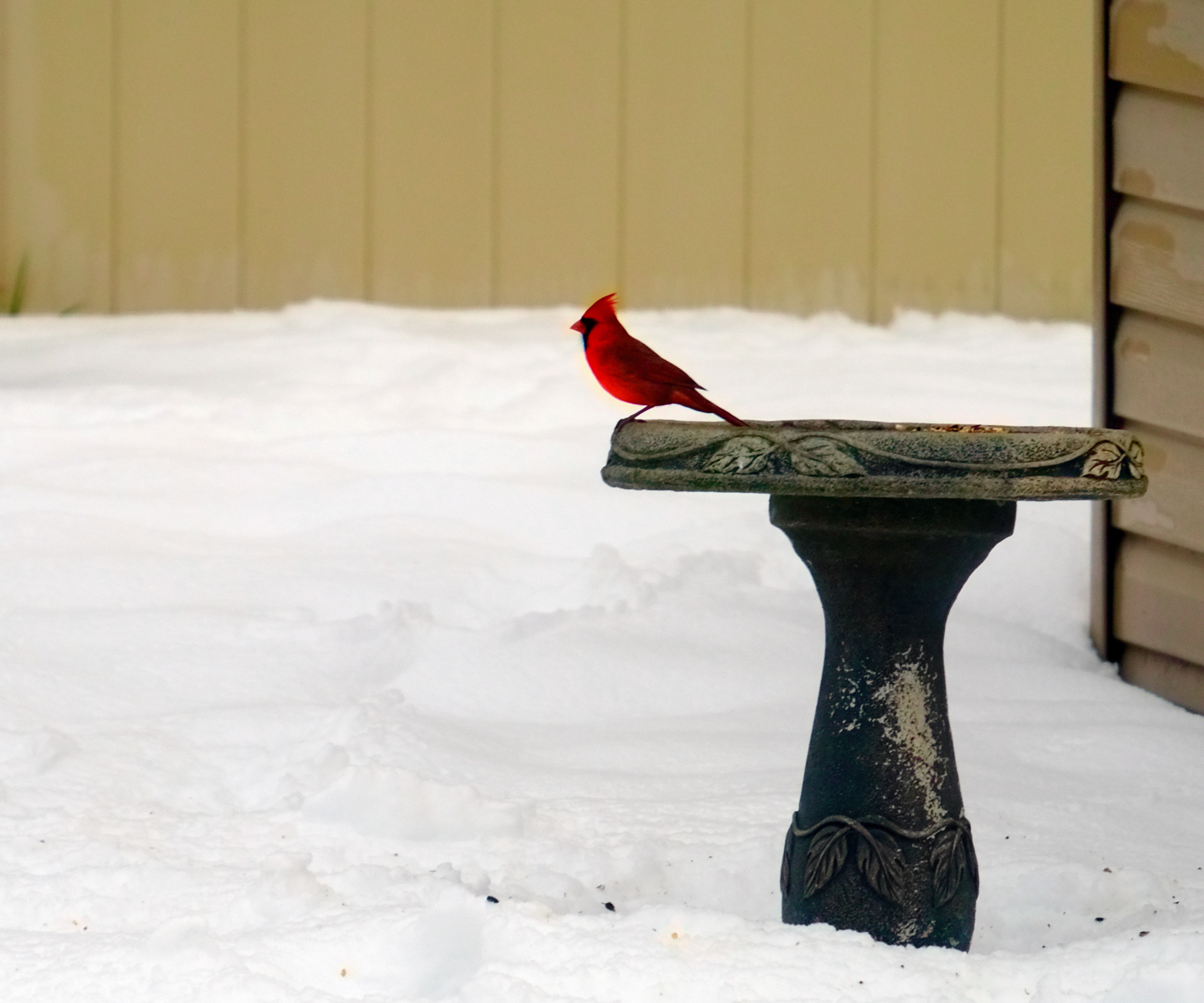
Water is as much of a necessity for wildlife in your yard as food is. When cold weather creeps in, water supplies tend to freeze, whether they are lakes and puddles or the water outside in someone's bird bath.
It's vital to make sure the water you leave out doesn't freeze so wildlife still have a place to drink.
'To provide fresh water for any animals that are in the garden in winter we have several water features that have bubblers to keep at least a small air hole open even when the surface is covered with ice,' says Jenny.
There are lots of products designed to keep water moving and, therefore, unfrozen when outdoors. The mademax solar bird bath fountain from Amazon floats on a water source and sprinkles water out from the top for any animal to enjoy. The solar fountain hanging bird bath, also from Amazon, is a great choice too if you're looking to place a water source higher up.
Jessica further suggests, 'Deicers for bird baths like the Plant Addicts economical bird bath deicer are a great way to ensure good bird bath winter care and a constant water source for wildlife. An unheated bird bath will often freeze, but with a deicer, you can keep water accessible year-round.'
A deicer works by sitting directly in your bird bath before you fill it with water. It emits a subtle amount of heat that is safe for birds but will keep your water unfrozen.
'Don't forget to keep the supply of water fresh, whether it's in a birdbath, shallow pan or bowl,' adds Ofra.
A further suggestion to protect insects in your yard is to place a few rocks into your water source. 'This will provide insects as well as small birds with some height while they drink, helping to prevent drowning,' says Jessica.
If you're feeling green-fingered even in the winter, now's a great time to read up on winter garden trends and create a winter gardening checklist for your yard.
Sign up to the Homes & Gardens newsletter
Design expertise in your inbox – from inspiring decorating ideas and beautiful celebrity homes to practical gardening advice and shopping round-ups.

Ciéra is a writer and regional laureate with particular passions for art, design, philosophy and poetry. As well as contributing to Livingetc, she's an Editorial Assistant for Design Anthology, and a contributing writer for Homes & Gardens and Apartment Therapy. Previous commendations of hers include being Highly Commended by The Royal Society of Literature and receiving a prestigious MA Magazine Journalism scholarship to City University, London.
-
 Serena Williams' luxury gold wall transforms her bathroom into a 'visually stunning space' – it will rewrite your color conventions
Serena Williams' luxury gold wall transforms her bathroom into a 'visually stunning space' – it will rewrite your color conventionsThe tennis pro's metallic statement wall introduces 'glamour and elegance' to the most unexpected room of the home – and you can recreate her style
By Megan Slack Published
-
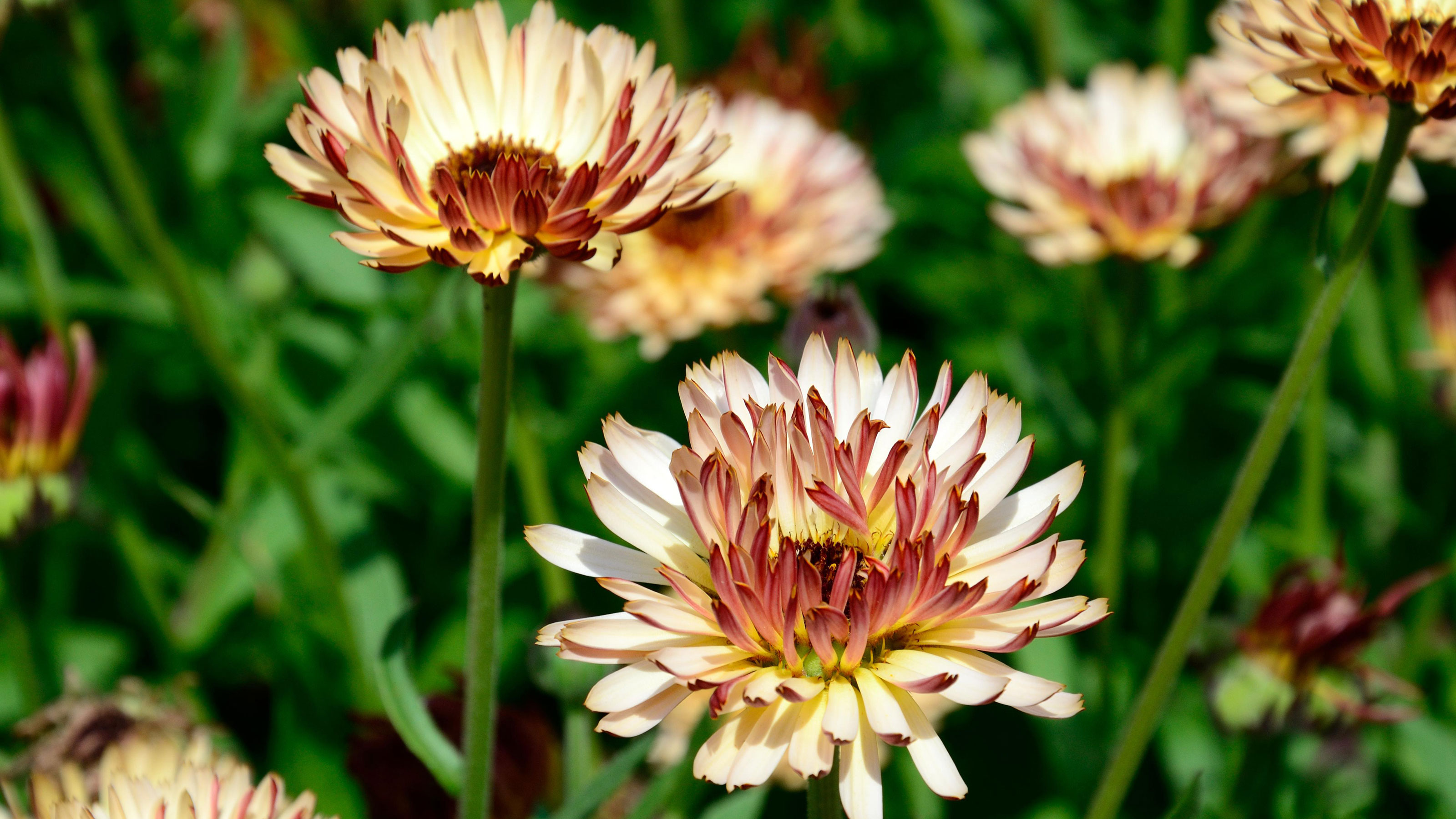 Calendula varieties – 16 pot marigolds that will provide more than just a burst of sunshine all summer long
Calendula varieties – 16 pot marigolds that will provide more than just a burst of sunshine all summer longDiscover the best calendula varieties and why these hard-working plants need to be in every garden
By Ruth Hayes Published